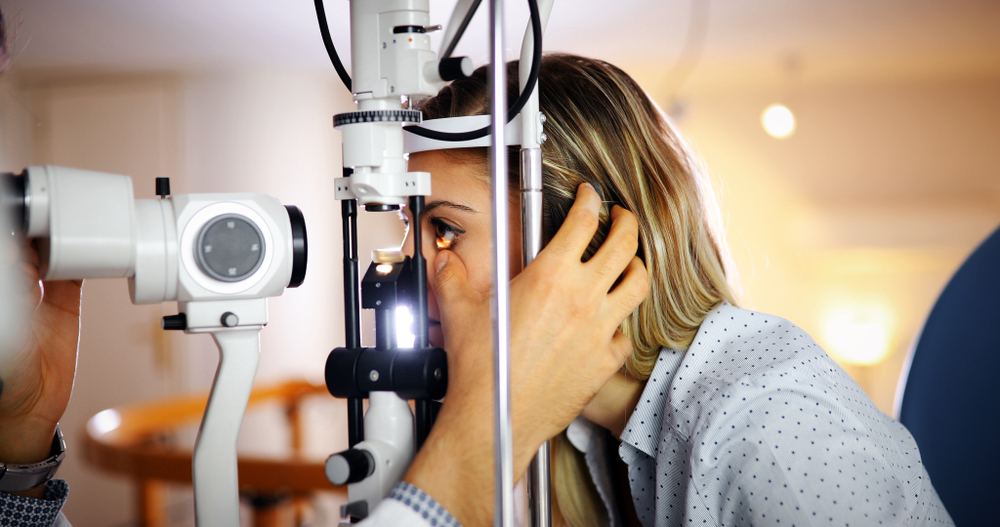
Hunter Labrada’s Tips to Break Leg Growth Plateaus

Hunter Labrada shares crucial tips to overcome the struggle with growing weak legs.
Hitting a plateau as a bodybuilder can be frustrating. Remember that this is normal, but you must endure the disappointment to keep your gains coming. Most people hit plateaus for similar reasons, but you can fix this. Fortunately, bodybuilder Hunter Labrada shares tips for breaking past leg growth plateaus.
A leg growth plateau, just like other plateaus, occurs when you’ve been training for a long time. While there is no universal solution, there are many practical steps that you can take. In addition, applying tips from bodybuilding experts like Hunter Labrada can also get you where you need to be.
Hunter Labrada is no stranger to disappointment and getting back up. He’s been into bodybuilding since he was 18 and debuted in eighth place in the 2020 Mr. Olympia. The following year, he shocked everyone by moving up to fourth but didn’t even make the first call for 2022, ending in seventh position.
Last year’s disappointing performance hasn’t kept him down, however. Instead, we’ve seen Hunter take stock of the problem, make changes and keep pushing with a plan for 2023 in mind. In addition, he’s been very open about his journey, sharing workout tips, meal plans, and more.
During a recent questions and answers (Q&A) session, people asked Labrada about overcoming a leg growth plateau, and he shared some valuable tips. Every bodybuilder and athlete will find this very useful. This article will cover Hunter Labrada’s leg growth tips for people experiencing a plateau.
| Full Name: Hunter Labrada | ||
| Weight | Height | Date of Birth |
| 235-245 lbs | 5’9” | 05/17/1992 |
| Profession | Era | Nationality |
| Bodybuilder | 2010 | American |
Hypertrophy, Muscle Growth, and How Plateaus Affect Them
For athletes interested in bodybuilding, hypertrophy is a friend. It’s the reason for your muscle growth. As you train, your body breaks down your muscles and rebuilds them larger and denser. So hypertrophy is the answer if you want to get lean mass gains. This study shows how maximizing the concept of hypertrophy can improve bodybuilding (1).
As you train over time, however, you may notice that your strength is not increasing and you aren’t building muscle. Your body, at this point, seems to have adapted to the demands of your fitness routine. You are more efficient at your exercises and burn fewer calories, leading to less muscle growth.
We know this point as a plateau, which can occur because of burnout, overtraining, or insufficient recovery time. Plus, with leg growth, not pushing yourself enough and failing to overload your leg muscles progressively can also be a culprit.
Hunter Labrada Leg Growth Advice
So by now, you understand plateaus are a problem and that you need to overcome them to keep your hypertrophy going. This is the only way to see those gains and must have prompted that fitness enthusiast’s question. Here are some tips from Hunter Labrada on how to do this.
Progressively Load Your Exercises Over Time
Hunter Labrada says for leg growth:
“To grow your legs, you need to find exercises that fit your body well and that allows you to continually add load and progress them over time. When performing these exercises, do them in a controlled manner to get a full range of motion.”
Repeating the same leg workouts over time can cause your motivation and enthusiasm to wane. Instead of gaining strength, you’ll feel weak and even lose your muscle tone. You may also find that you are not improving at your usual rate.
Loading your exercises progressively ensures that your legs are not used to them. Therefore, it is vital to determine your weaknesses and plan your workout to strengthen them. This will also help you beat the mental fatigue because of repetition.
Training Frequency is Important
Hunter Labrada says:
“It’s not what we can do in the gym for one session, but what we can do in the gym over a period of time.”
Doing leg training frequently helps improve your progress and can also prevent overtraining. Labrada puts it even better:
“A lot of the time, when it comes to bodybuilding, more is not always better. Increase your frequency but reduce your volume.”
There is no need to go all out for one day and then not show up for several days after that. Instead, split your growth over several days for the best results. This study shows that increasing training frequency is a more appropriate strategy for better results (2).
Pay Attention to Recovery
Hunter Labrada Says:
“Give your body time to recover. You grow outside of the gym and not in the gym. If you train your legs and are sore for 5 or 6 days after, that’s a good indication that you are not doing things properly.”
Your body needs time to rest and repair your muscles. Labrada says that real growth occurs after you have done your workouts. So make sure that you eat right and take time to relax and sleep. This study shows that rest enhances muscle strength and hypertrophy (3).
Check out the full video of Hunter Labrada’s Q&A session below:
Follow us on Instagram, Facebook, and Twitter for more workout tips from bodybuilders!
References
- Krzysztofik, M., Wilk, M., Wojdała, G., & Gołaś, A. (2019). Maximizing Muscle Hypertrophy: A Systematic Review of Advanced Resistance Training Techniques and Methods. International journal of environmental research and public health, 16(24), 4897. https://doi.org/10.3390/ijerph16244897
- Dankel, S. J., Mattocks, K. T., Jessee, M. B., Buckner, S. L., Mouser, J. G., Counts, B. R., Laurentino, G. C., & Loenneke, J. P. (2017). Frequency: The Overlooked Resistance Training Variable for Inducing Muscle Hypertrophy?. Sports medicine (Auckland, N.Z.), 47(5), 799–805. https://doi.org/10.1007/s40279-016-0640-8
- Schoenfeld, B. J., Pope, Z. K., Benik, F. M., Hester, G. M., Sellers, J., Nooner, J. L., Schnaiter, J. A., Bond-Williams, K. E., Carter, A. S., Ross, C. L., Just, B. L., Henselmans, M., & Krieger, J. W. (2016). Longer Interset Rest Periods Enhance Muscle Strength and Hypertrophy in Resistance-Trained Men. Journal of strength and conditioning research, 30(7), 1805–1812. https://doi.org/10.1519/JSC.0000000000001272
:focal(0x0:3000x2000)/static.texastribune.org/media/files/8c7040cf0d09ce3d9da9bfb2813c4fc4/Ralls{a5ceed037b574a4d8c6b44a0a7290437cee40655417128da3b56d864fe64414f}20Clinic{a5ceed037b574a4d8c6b44a0a7290437cee40655417128da3b56d864fe64414f}20MR{a5ceed037b574a4d8c6b44a0a7290437cee40655417128da3b56d864fe64414f}20TT{a5ceed037b574a4d8c6b44a0a7290437cee40655417128da3b56d864fe64414f}2019.jpg)




